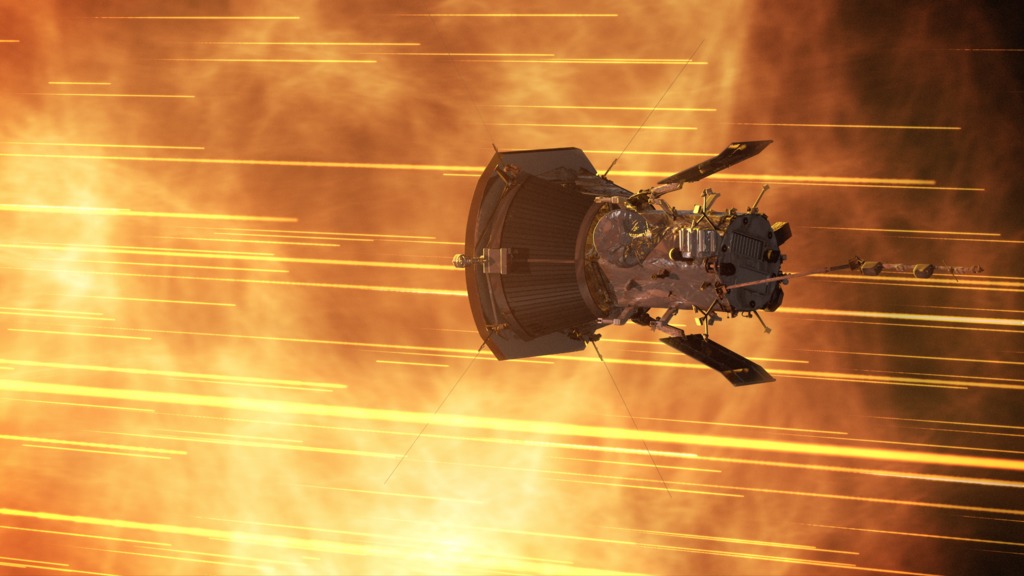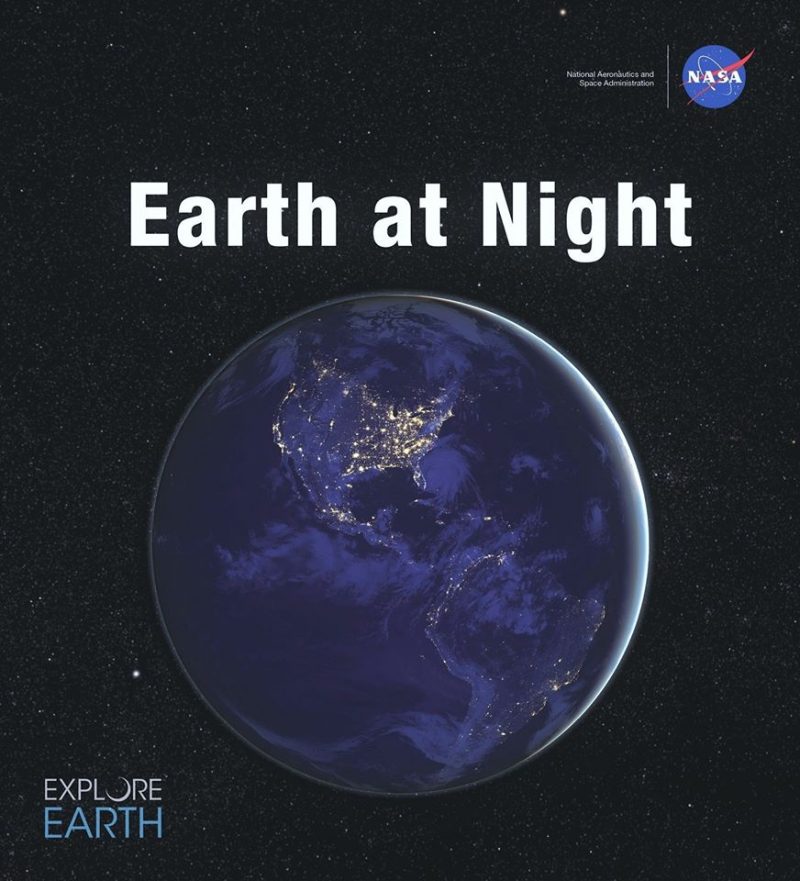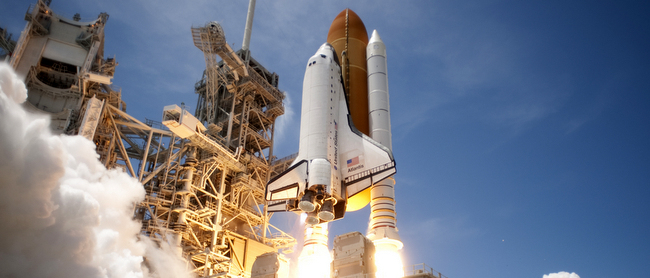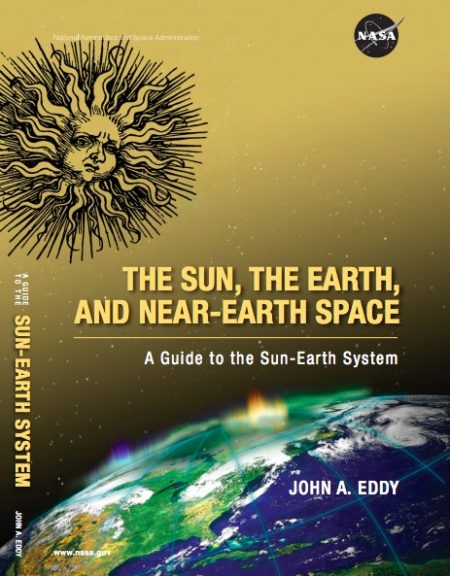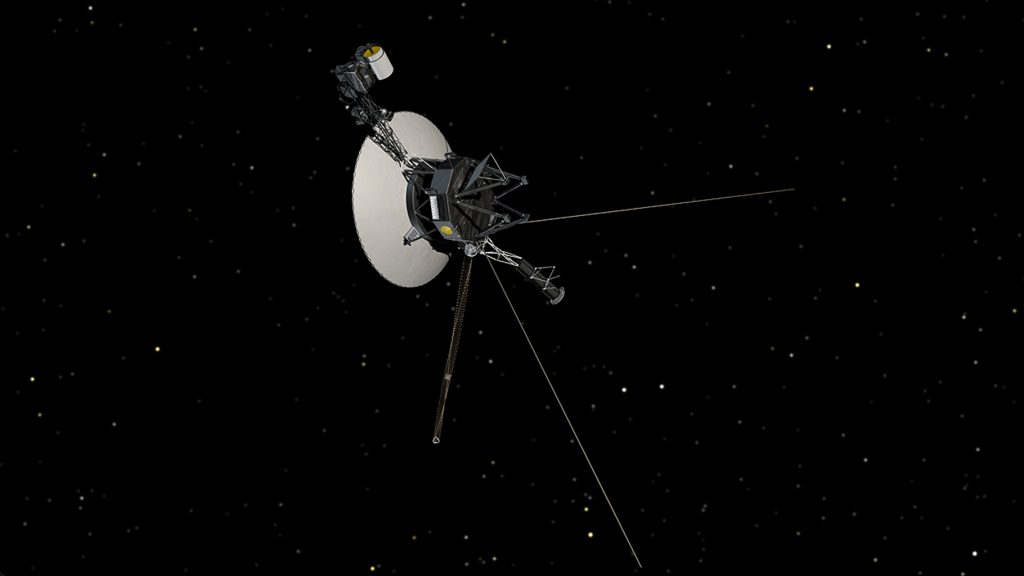 Radio Waves: Stories Making Waves in the World of Radio
Radio Waves: Stories Making Waves in the World of Radio
Because I keep my ear to the waves, as well as receive many tips from others who do the same, I find myself privy to radio-related stories that might interest SWLing Post readers. To that end: Welcome to the SWLing Post’sRadio Waves, a collection of links to interesting stories making waves in the world of radio. Enjoy!
Many thanks to SWLing Post contributors Benn, Tony, and Michael Bird for the following tips:
Opinion: Automakers, don’t remove radios from the dashboard (The Detroit News)
Make no mistake about it: The renaissance of electric vehicle manufacturing has been one of the most significant blessings of innovation in the 21st century. The continued production and voluntary adoption of electric vehicles have made the United States a greener and cleaner nation. However, while EV makers continue working to bring the U.S. forward environmentally, they need to ensure their design methods do not have a negative impact on one of the country’s most crucial national security apparatuses.
As the former administrator of the Federal Emergency Management Agency (FEMA) that oversaw the operations of over 220 declared disasters, I am concerned about what I’ve seen from automakers removing AM radios from vehicles — an action that will make Americans less safe in emergency situations.
Interference between the broadcast reception and the electric motors of certain cars, principally electric vehicles, is the reasoning behind some companies’ decision to eliminate the radio from car dashboards. However, scrapping radio rather than making the signals compatible can severely harm the federal government’s disaster relief efforts.
Federal law mandates that FEMA always possess the capabilities to deliver messages to the American people. To this end, FEMA has spent tens of million dollars and counting perfecting the Primary Entry Point (PEP) stations — consisting mostly of AM stations, but some FM ones as well — that connect to The National Public Warning System.[…]
Australia’s first ever moon bounce remembered as a feat that shocked industry experts (ABC News)
You probably haven’t heard of Ray Naughton’s feat of science — not many people have. But 55 years ago, the quiet electronics store owner from Birchip, in western Victoria, successfully completed Australia’s first ever moon bounce.
The amateur radio fanatic had spent most of his time alone in a paddock, tinkering away on a 250-metre wide, 30-metre tall antenna capable of bouncing a radio signal off the moon and back again.
Mr Naughton was driven by news that astronauts would soon be walking across its surface.
When that day came, on July 20 1969, Mr Naughton used his antenna to tune into conversations between astronauts and NASA.
A small group of locals watched on in wonder, realising for the first time what their private neighbour had been working on.[…]
When Voyager 2 Calls Home, Earth Soon Won’t Be Able to Answer (NY Times)
NASA will spend 11 months upgrading the only piece of its Deep Space Network that can send commands to the probe, which has crossed into interstellar space.
Voyager 2 has been traveling through space for 43 years, and is now 13 billion miles from Earth. But every so often, something goes wrong.
At the end of January, for instance, the robotic probe executed a routine somersault to beam scientific data back to Earth when an error triggered a shutdown of some of its functions.
“Everybody was extremely worried about recovering the spacecraft,” said Suzanne Dodd, who is the Voyager project manager at NASA’s Jet Propulsion Laboratory in Pasadena, Calif.
The mission’s managers on our planet know what to do when such a fault occurs. Although it takes about a day and a half to talk to Voyager 2 at its current distance, they sent commands to restore its normal operations.
But starting on Monday for the next 11 months, they won’t be able to get word to the spry spacecraft in case something again goes wrong (although the probe can still stream data back to Earth). Upgrades and repairs are prompting NASA to take offline a key piece of space age equipment used to beam messages all around the solar system.[…]
ABC forced to delay five-year plan and job cuts announcement (The Age)
The ABC has been forced to delay the release of its five-year blueprint – including job cuts – to prioritise its response to the coronavirus pandemic.
The national broadcaster was due to announce its long-term plan at the end of this month. A three-year funding freeze that took effect last July, stripping $84 million from ABC’s budget, will result in an estimated 200 redundancies.
In an email to staff, managing director David Anderson said, “I think you will agree with me when I say that the current situation with COVID-19 means our focus must be on the welfare of all of you and our role as a public broadcaster in providing the community with timely and credible information in this challenging time for our country.
“For this reason, I’m sure you will understand my decision to postpone the announcement until we are through this period … your patience and professionalism are, as always, greatly appreciated.”
Anderson told employees he would reveal his plan “as soon as we have returned to normal levels of activity”.[…]
Do you enjoy the SWLing Post?
Please consider supporting us via Patreon or our Coffee Fund!
Your support makes articles like this one possible. Thank you!


